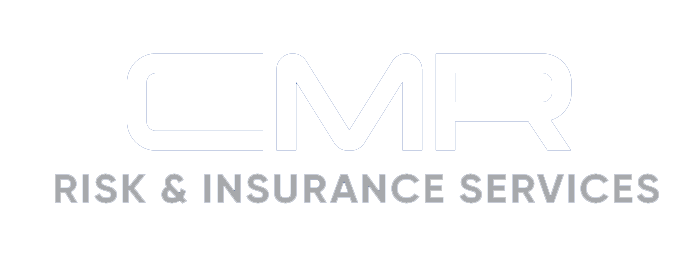risk management

February 18, 2025
Common Exposures for Personal Lines Clients
Personal lines insurance can be a crucial aspect of financial planning that offers individuals and families financial protection against various risks. Personal insurance refers to a range of policies aimed at safeguarding individuals and their families from financial setbacks caused by unforeseen events. This type of insurance encompasses policies such as auto, home, renters and...

February 13, 2025
Navigating Cybersecurity Challenges in the Manufacturing Industry
The manufacturing sector has experienced rapid technological advancements over the past few years. Innovations like artificial intelligence (AI), smart machinery, equipment monitoring software, digital sales systems and analytics platforms continue to reshape the industry. Although the technological advancements provide several benefits, they also present additional cybersecurity exposures. They expand the attack surface for cyberthreats, and...

February 11, 2025
Nonprofit Sector Trends to Watch in 2025
To continue serving the public and fulfilling their missions, nonprofit leaders must proactively respond to emerging trends that impact their sector. In 2025, key developments to monitor include cybersecurity and data privacy concerns, the increasing use of artificial intelligence (AI), workforce challenges, and regulatory and compliance requirements. Adapting to these shifts is crucial for nonprofits...

February 6, 2025
Real Estate Industry Trends to Watch in 2025
The real estate sector consists of two categories: habitational and commercial. Habitational real estate pertains to residential properties, whereas commercial real estate refers to buildings utilized for business activities. This industry plays a key role in the economy, providing individuals with comfortable places to live and equipping businesses with adequate spaces to conduct their operations....

February 4, 2025
Cal/OSHA’s COVID-19 Prevention Nonemergency Rules Expire Feb. 3
On Feb. 3, 2025, most of the California Occupational Safety and Health Administration’s (Cal/OSHA) nonemergency COVID-19 prevention regulations (the rules) expire. These regulations were adopted to reduce employee exposure to the virus that causes COVID-19, thereby reducing workplace COVID-19 illness and transmission. The COVID-19 recordkeeping requirement will remain in effect until Feb. 3, 2026. Even...

January 30, 2025
National Census Shows Construction Industry Had Most Fatalities Among All Sectors in 2023
The U.S. Department of Labor Bureau of Labor Statistics recently released information from its National Census of Fatal Occupational Injuries for 2023. Overall, there were 5,283 fatal work injuries in the United States, with a fatal work injury rate of 3.5 fatalities per 100,00 full-time equivalent workers. The data also showed that the construction industry...

January 28, 2025
Earthquake Awareness Month
February is Earthquake Awareness Month. It is a good time to make sure your property is protected against the impact of earthquakes. Even though earthquakes are seen as more common on the West Coast, earthquakes have occurred in 39 states. Consider implementing the following safety measures to protect your property from the impacts of an...

January 23, 2025
Manufacturing Industry Trends to Watch in 2025
The manufacturing industry plays a critical role in driving economic growth, producing a diverse range of goods essential to global markets. In recent years, this sector has seen significant expansion fueled by increasing production demands and legislative initiatives offering funding and tax incentives. In fact, professional services firm Deloitte reported that construction spending in manufacturing—funds...

January 16, 2025
Preventing Theft and Vandalism for Small Businesses
Theft and vandalism pose significant risks to small businesses across all industries. These incidents can lead to financial losses, property damage and operational disruptions. Given these potential consequences, business leaders must take steps to safeguard their organizations. Theft and vandalism can affect a small business’s finances and operations, so business leaders should take steps to...

January 14, 2025
OSHA Form 300A Posting Requirements Begin Feb. 1
The Occupational Safety and Health Administration (OSHA) requires employers subject to its recordkeeping requirements to post copies of their OSHA Form 300A between Feb. 1 and April 30 of each year. The OSHA Form 300A, also known as the “Summary of Work-related Injuries and Illnesses,” must be completed by Feb. 1 using data from the...
